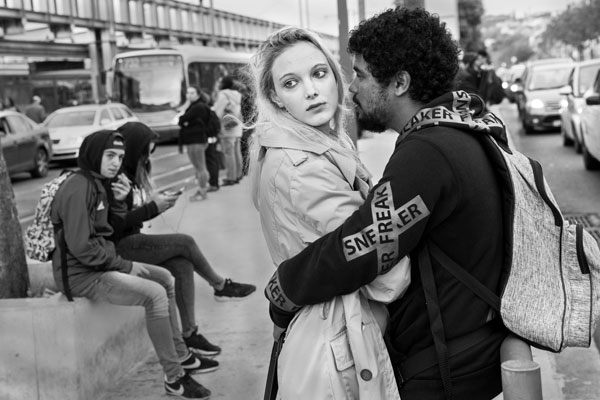Some Ideas on Framing Streets You Need To Know
Some Ideas on Framing Streets You Need To Know
Blog Article
Indicators on Framing Streets You Need To Know
Table of ContentsThe Main Principles Of Framing Streets Some Known Facts About Framing Streets.5 Simple Techniques For Framing StreetsAn Unbiased View of Framing StreetsThe Single Strategy To Use For Framing Streets5 Easy Facts About Framing Streets Explained
, generally with the purpose of capturing pictures at a decisive or touching minute by mindful framework and timing. https://allmyfaves.com/framingstreets1?tab=Framing%20Streets.
The Ultimate Guide To Framing Streets
Susan Sontag, 1977 Street digital photography can focus on people and their habits in public. In this regard, the road photographer is comparable to social docudrama digital photographers or photojournalists that also work in public places, however with the goal of catching relevant events. Any of these photographers' pictures might capture individuals and residential property visible within or from public places, which usually requires navigating honest issues and laws of privacy, protection, and home.
Representations of daily public life create a style in practically every duration of globe art, beginning in the pre-historic, Sumerian, Egyptian and early Buddhist art periods. Art managing the life of the street, whether within sights of cityscapes, or as the leading theme, shows up in the West in the canon of the Northern Renaissance, Baroque, Rococo, of Romanticism, Realism, Impressionism and Post-Impressionism.
Framing Streets - The Facts
Louis Daguerre: "Blvd du Temple" (1838 or 1839) In 1838 or 1839 the initial picture of figures in the road was recorded by Louis-Jacques-Mand Daguerre in one of a pair of daguerreotype views taken from his studio home window of the Boulevard du Temple in Paris. The second, made at the height of the day, reveals an unpopulated stretch of street, while the other was taken at concerning 8:00 am, and as Beaumont Newhall records, "The Boulevard, so regularly loaded with a moving throng of pedestrians and carriages was flawlessly solitary, except a person that was having his boots combed.
, that was influenced to carry out a comparable documents of New York City. As the city established, Atget aided to advertise Parisian roads as a deserving subject for digital photography.

Unknown Facts About Framing Streets
Andre Kertesz.'s extensively appreciated Images la Sauvette (1952) (the English-language version was entitled The Crucial Minute) advertised the concept of taking an image at what he described the "crucial minute"; "when form and content, vision and structure merged into a transcendent whole" - Street photography hashtags.
The Best Strategy To Use For Framing Streets
The recording equipment was 'a surprise camera', a 35 mm Contax concealed underneath his layer, that was 'strapped to the upper body and connected to a lengthy cable strung down the over here right sleeve'. His work had little contemporary impact as due to Evans' level of sensitivities concerning the originality of his task and the privacy of his topics, it was not released until 1966, in the book Lots of Are Called, with an introduction created by James Agee in 1940.
Helen Levitt, after that an instructor of young kids, connected with Evans in 193839. She recorded the transitory chalk drawings - photography presets that belonged to children's road society in New York at the time, as well as the children that made them. In July 1939, Mo, MA's brand-new photography section consisted of Levitt's work in its inaugural exhibitionRobert Frank's 1958 publication,, was considerable; raw and commonly indistinct, Frank's photos examined conventional digital photography of the time, "challenged all the formal policies set by Henri Cartier-Bresson and Pedestrian Evans" and "contradicted the wholesome pictorialism and genuine photojournalism of American publications like LIFE and Time".
Report this page